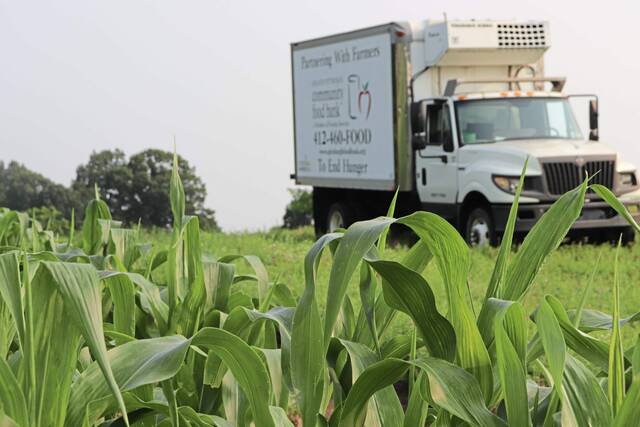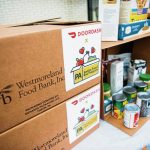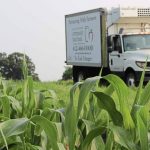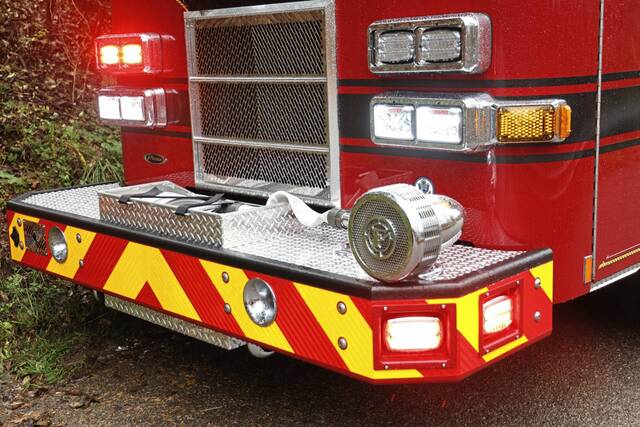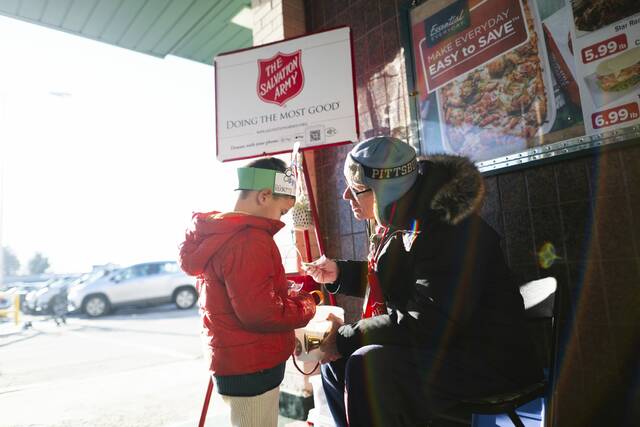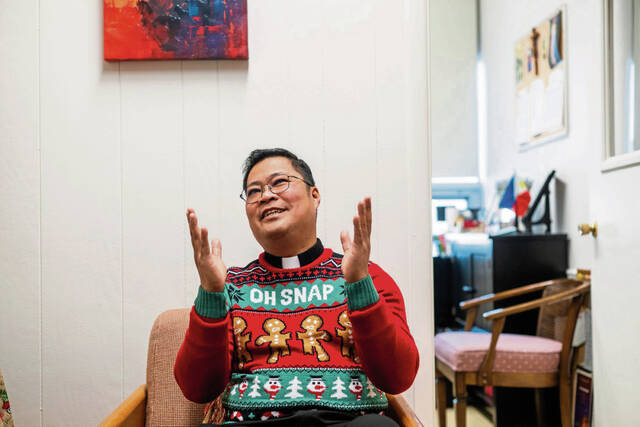Hunger and food insecurity across the United States have dropped measurably over the past six months, but the need remains far above pre-pandemic levels.
And while that demand has lessened somewhat in Pittsburgh and the surrounding region, local food bank officials are also seeing an uptick in applications for the Supplemental Nutrition Assistance Program, commonly referred to as food stamps.
“One thing that’s exploding at our location is the SNAP Application Assistance Program,” said Jennifer Miller, CEO at the Westmoreland County Food Bank in Delmont. “A lot of people are also in need of products that you can’t get with food stamps, like paper products. And our senior box program is very popular right now.”
Greater Pittsburgh Community Food Bank spokeswoman Christa Johnson said while client numbers have been fairly steady in recent months, they’ve also seen a sizable bump in SNAP enrollment.
“The (federal) increase in SNAP benefits went into effect in October, so we kind of anticipated the numbers going up,” Johnson said.
President Biden this month instituted a permanent 25% boost in SNAP benefits.
Johnson said the increase in benefits is likely linked to some of their lower client numbers.
“We typically saw an increase in clients when they’d run out of SNAP benefits toward the end of the month,” she said. “Those numbers are down a little, probably because with the increase, they now have enough benefits to make it through the month.”
The Department of Agriculture, which administers SNAP, reports that the number of program users increased by 7 million between 2019 and 2021.
Specialists in hunger issues warn the situation for millions of families remains extremely fragile.
An Associated Press review of bulk distribution numbers from hundreds of food banks across the country revealed a clear downward trend in the amount of food handed out across the country, starting in the spring as the covid-19 vaccine rollout took hold and closed sectors of the economy began to reopen.
“It’s come down, but it’s still elevated,” said Katie Fitzgerald, COO of Feeding America, a nonprofit organization that coordinates the efforts of more than 200 food banks across the country and that provided the AP with the national distribution numbers. She warned that despite the recent decreases, the amount of food being distributed by Feeding America’s partner food banks remained more than 55% above pre-pandemic levels. “We’re worried (food insecurity) could increase all over again if too many shoes drop,” she said.
Those potential setbacks include the advance of the delta variant of the coronavirus, which has already delayed planned returns to the office for millions of employees and which could threaten school closures and other shutdowns as the nation enters the winter flu season. Other obstacles include the gradual expiration of several covid-specific protections such as the eviction moratorium and expanded unemployment benefits.
All told, families facing food insecurity find themselves still dependent on outside assistance and extremely vulnerable to unforeseen difficulties.
“There are people going back to work, but it’s slow going and God forbid you should need a car repair or something,” said Carmen Cumberland, president of Community Harvest Food Bank in Fort Wayne, Ind.
Nationally, the food banks that work with Feeding America saw a 31% increase in the amount of food distributed in the first quarter of 2021 compared with the first quarter of 2020, just before the global pandemic reached America.
Miller said that while Westmoreland food bank numbers are “a little bit down at the food pantries, there’s still an enormous need out there right now.”
Just how long the elevated level of need will last is a matter of debate, with the most conservative estimates projecting it will last well into next summer. Some are predicting that the country’s food banks might never return to normal.
Secretary of Agriculture Tom Vilsack told the AP that at the peak of the pandemic, 14% of American adults were receiving SNAP benefits. That number is now down to around 8%, but the need remains highly elevated, and nonprofit charitable options like food banks serve a vital role in papering over the remaining holes in millions of family budgets, he said.
“We just need to understand what this pandemic has done in terms of significant disruption of what was probably a pretty fragile system to begin with,” said Vilsack, who also filled the same Cabinet post under former President Barack Obama. “It has exposed the fragility of the system, which makes programs like SNAP, programs like summer feeding programs, school feeding programs, food bank assistance ever more important.”
The Associated Press contributed to this report.



